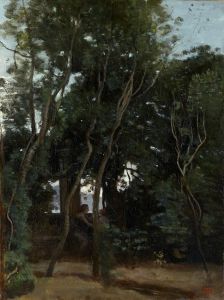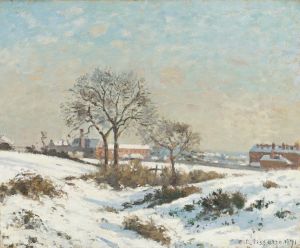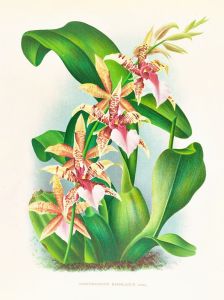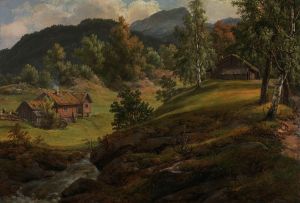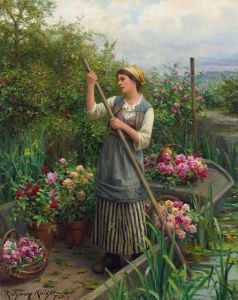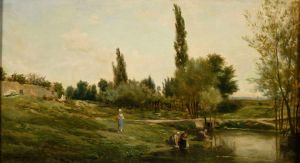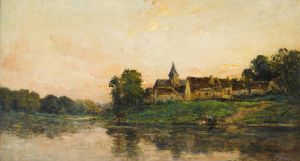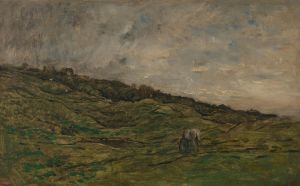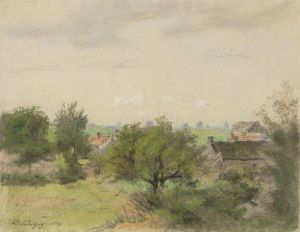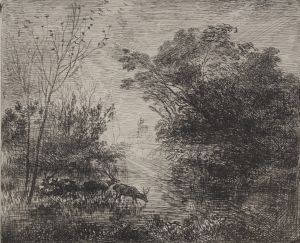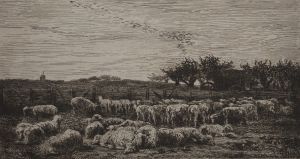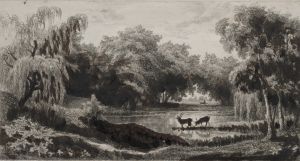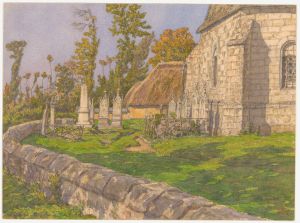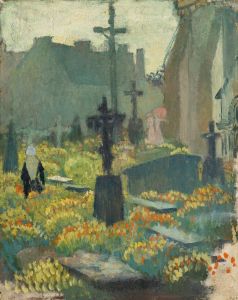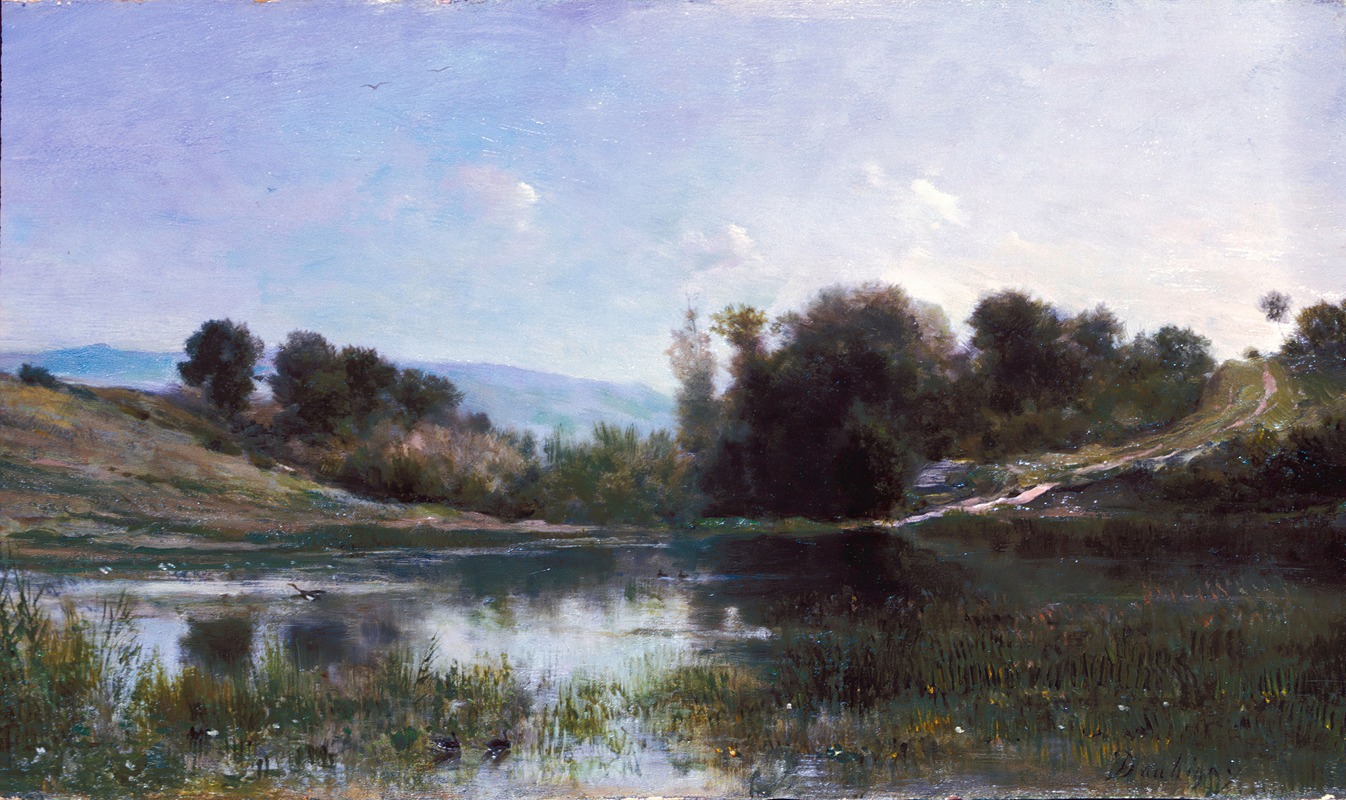
Pond at Gylieu
A hand-painted replica of Charles François Daubigny’s masterpiece Pond at Gylieu, meticulously crafted by professional artists to capture the true essence of the original. Each piece is created with museum-quality canvas and rare mineral pigments, carefully painted by experienced artists with delicate brushstrokes and rich, layered colors to perfectly recreate the texture of the original artwork. Unlike machine-printed reproductions, this hand-painted version brings the painting to life, infused with the artist’s emotions and skill in every stroke. Whether for personal collection or home decoration, it instantly elevates the artistic atmosphere of any space.
Charles François Daubigny was a prominent French painter associated with the Barbizon School, a movement that emerged in the mid-19th century. The Barbizon School was named after the village of Barbizon near the Forest of Fontainebleau, where many of the artists gathered to paint landscapes directly from nature. Daubigny was known for his innovative approach to landscape painting, which often involved painting en plein air, or outdoors, to capture the natural light and atmosphere of the scene.
"Pond at Gylieu" is one of Daubigny's notable works, showcasing his mastery in depicting serene and atmospheric landscapes. Although specific details about the creation of "Pond at Gylieu" are limited, it is consistent with Daubigny's style during the height of his career. His works often feature tranquil rural scenes, rivers, and ponds, capturing the subtle interplay of light and shadow on water and foliage.
Daubigny's technique involved using a lighter palette and loose brushwork, which was influential in the development of Impressionism. His approach to capturing the transient effects of light and weather conditions on the landscape was pioneering for his time. This technique is evident in "Pond at Gylieu," where the reflections on the water and the soft blending of colors create a harmonious and peaceful composition.
The painting likely reflects Daubigny's interest in the natural environment and his ability to convey the mood and atmosphere of a specific location. His works often evoke a sense of calm and contemplation, inviting the viewer to appreciate the beauty of the natural world. Daubigny's influence extended to many younger artists, including Claude Monet and Camille Pissarro, who admired his ability to capture the essence of a landscape.
Daubigny's career was marked by his travels throughout France, where he painted various landscapes, including the banks of the Seine and the Oise rivers. His dedication to painting outdoors and his innovative techniques contributed to the evolution of landscape painting in the 19th century. "Pond at Gylieu" exemplifies his contribution to the art world and his role in bridging the gap between the Barbizon School and the Impressionist movement.
In summary, "Pond at Gylieu" by Charles François Daubigny is a testament to the artist's skill in capturing the tranquility and beauty of natural landscapes. Through his use of light, color, and composition, Daubigny created works that continue to be celebrated for their artistic and historical significance. His legacy as a pioneer of modern landscape painting remains influential, and his works are appreciated for their ability to transport viewers to serene and picturesque settings.





